10 steps to improve your smartphone photography
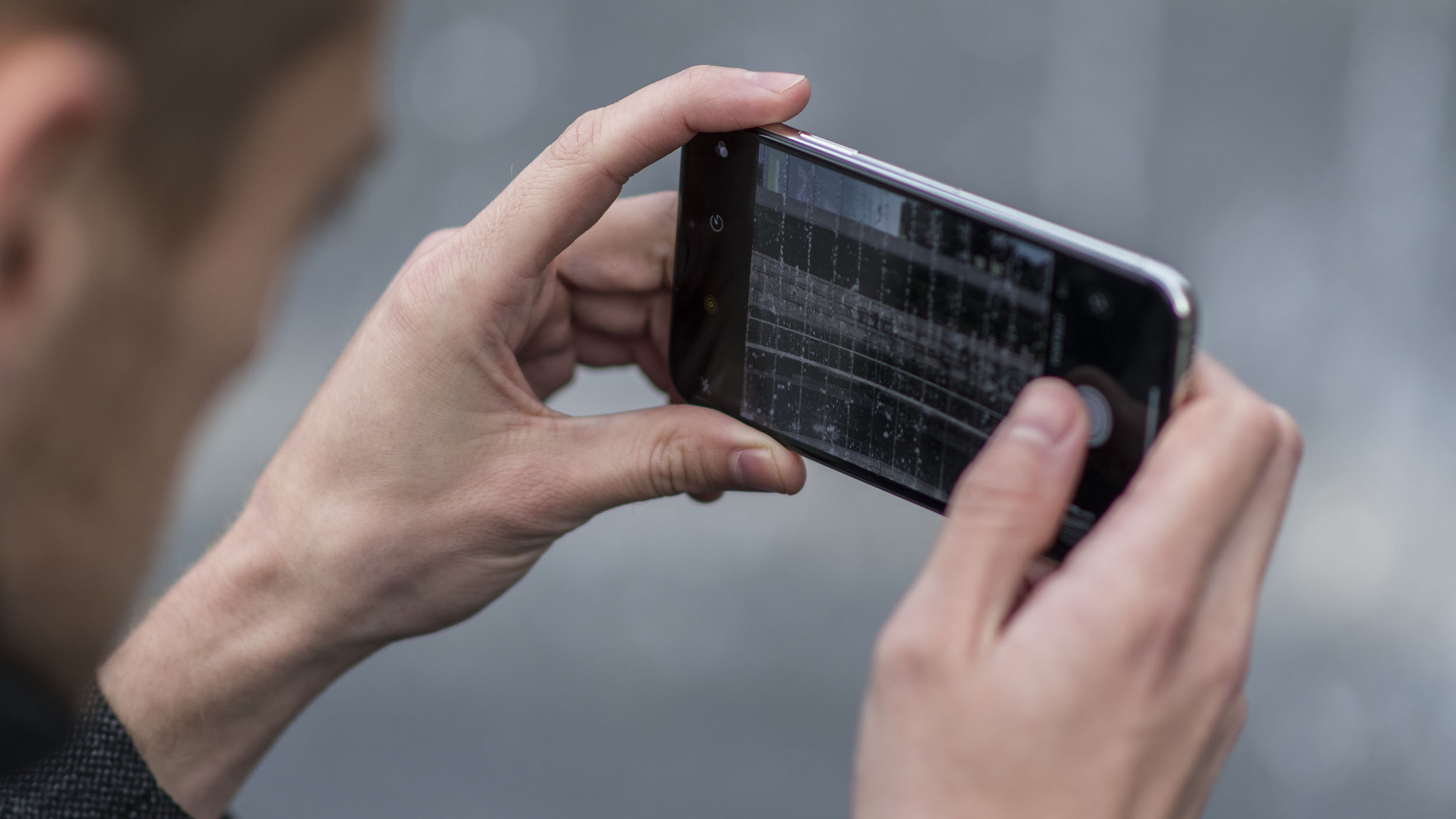
The ubiquity of smartphones with increasingly capable cameras means that more of us than ever have the opportunity to take lots of photos – and having a camera in your pocket makes it more likely that you'll be in the right place at the right time.
However, it takes more than luck and a decent phone camera to snap a good shot, and here we present a few simple tips and techniques that will help you to hone your smartphone photography, from compositional rules and lighting to focus and exposure.
1. Get in close
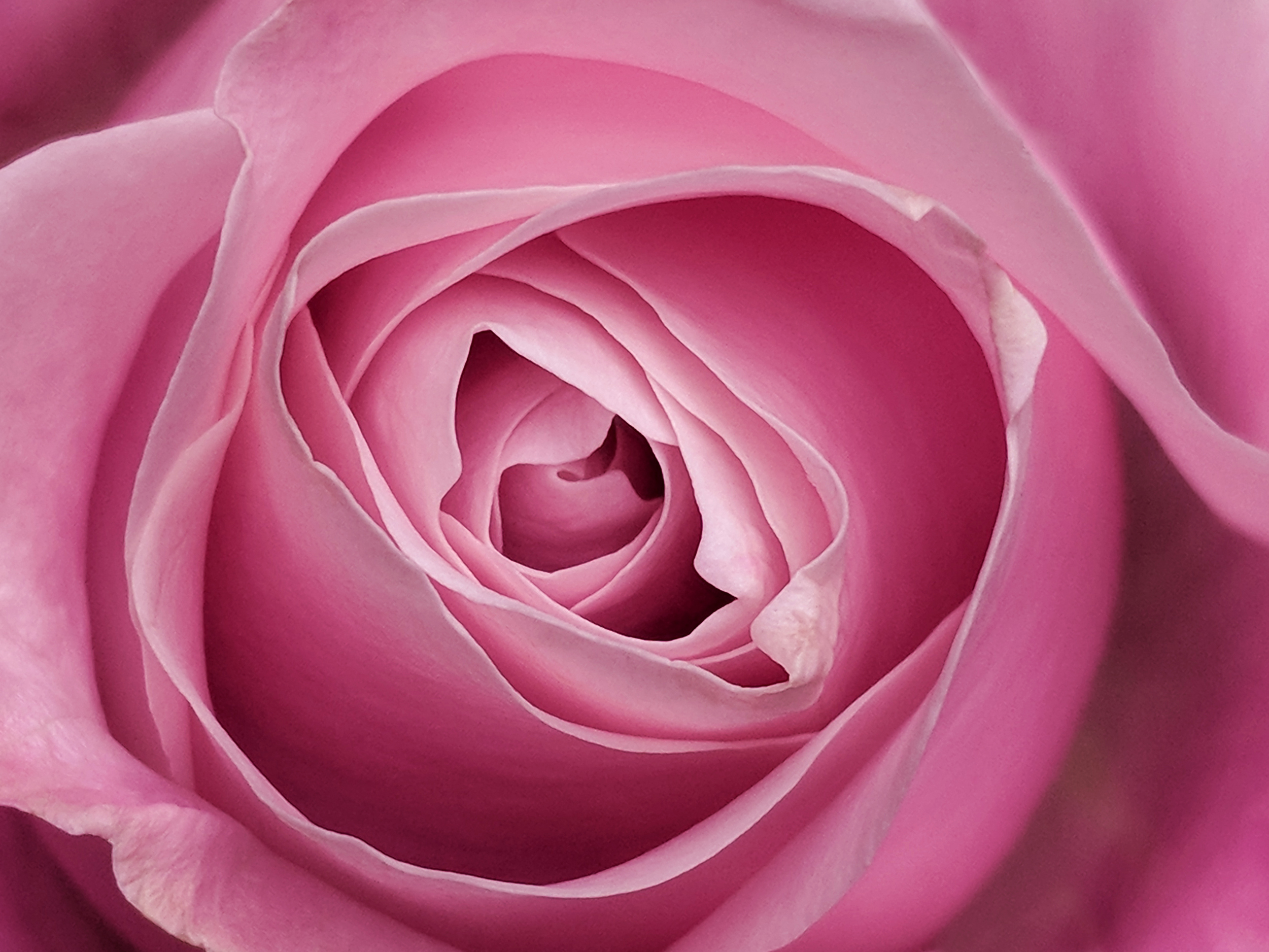
Most smartphones contain relatively wide-angle lenses, and these lenses are great for close-focusing. For an effective macro shot, ensure that you have a clean background, vivid colors and an interesting subject to focus on.
Tap to focus, and get as close as you can, but be careful not to get closer than the minimum focusing distance of your camera's lens, or your subject will be out of focus. Too close? Back off an inch or two – you can always crop the image later.
2. Sunrise and sunset
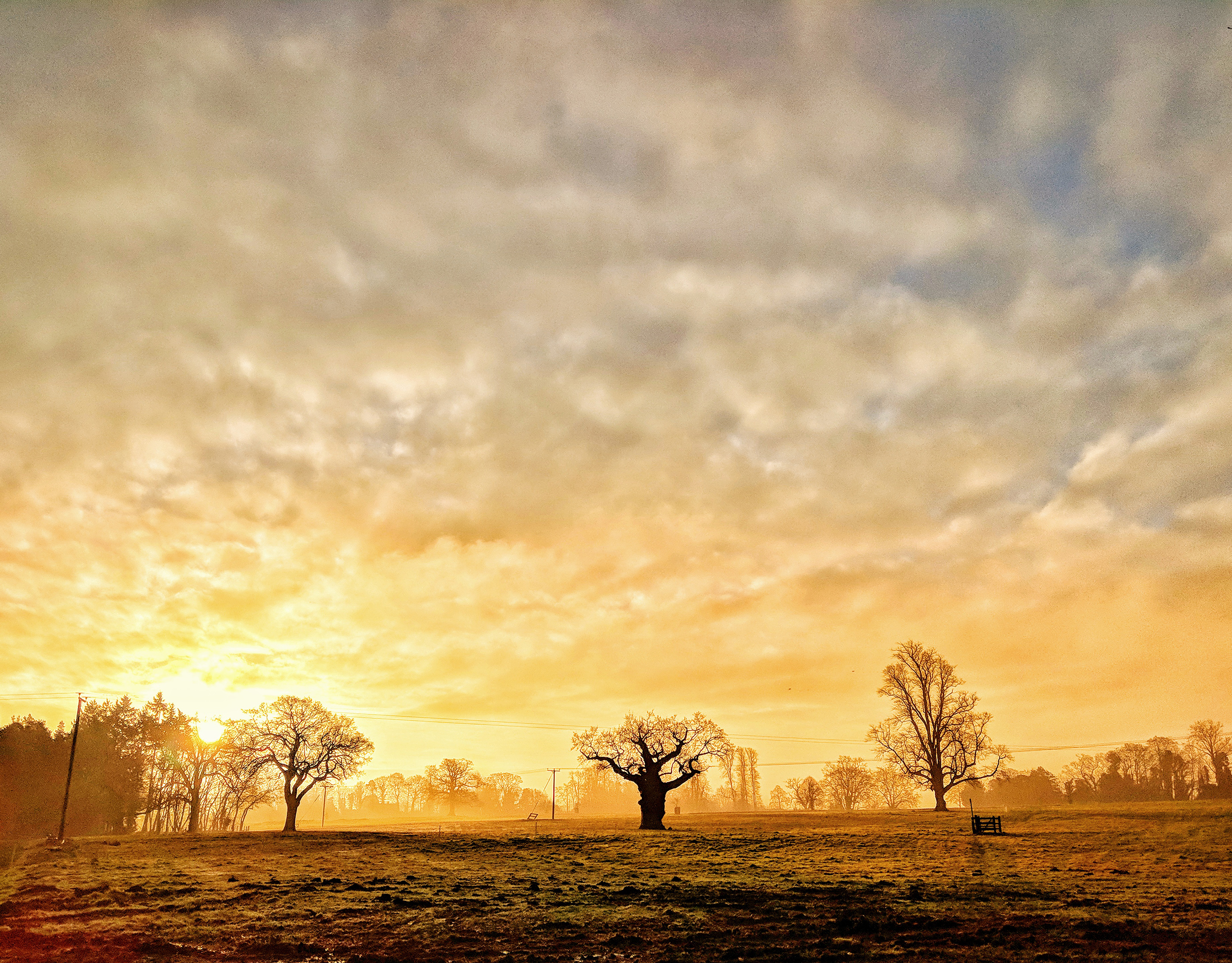
The best times of day for photography lighting-wise are the 'golden hours' around sunrise and sunset. At these times the sun is lower in the sky, and so it's light is softer compared with harsh midday sun, and, due to the extra distance the sunlight has to travel through the atmosphere, longer-wavelength colors such as yellow, orange and red are more prominent.
Sunrise scenes are also more likely to feature mist or fog, which adds drama and mystery to landscapes.
3. Use window light
Window light has a fantastic quality. It's a big, bright and diffused light source, which makes it perfect for a variety of subjects, especially portraiture. The soft shadows created by window light produce flattering results, with the highlights and shadows following the contours of the subject's facial features. Position your subject with the window to one side of them for the best results.
Sign up for breaking news, reviews, opinion, top tech deals, and more.
4. Capture the emptiness

Negative space is commonly described as the space that surrounds the main subject in a picture, and you can make good use of it to draw attention to your subject.
You could, for example, shoot a colorful subject surrounded by a monochromatic environment, or contrast a relatively plain background with a subject containing texture or patterns. Clear blue skies are an easy way to include strong negative space.
5. Take more selfies

Put your camera's selfie skills to better use by stepping out of the frame. If you're using a traditional camera and you want to photograph the ornate ceiling of an old building you'd have to lay on your back to compose your shot.
However, if you use your phone's front-facing camera you can see the screen and photograph what's above you without having to get down on the ground, and easily compose your shot before ducking out of the frame to take the snap. Or you can engage the self-timer, hit the shutter button, place the phone on a floor or other surface and step away for a clear shot.
6. Shoot black and white

If you want to capture mono images, shoot with a mono filter applied rather than capturing a color image and converting it. Viewing a scene or subject in black and white enables you to see if a particular shot or composition will work, as you'll be able to see contrast, shapes and textures without being distracted by color.
7. Experiment with shutter speed
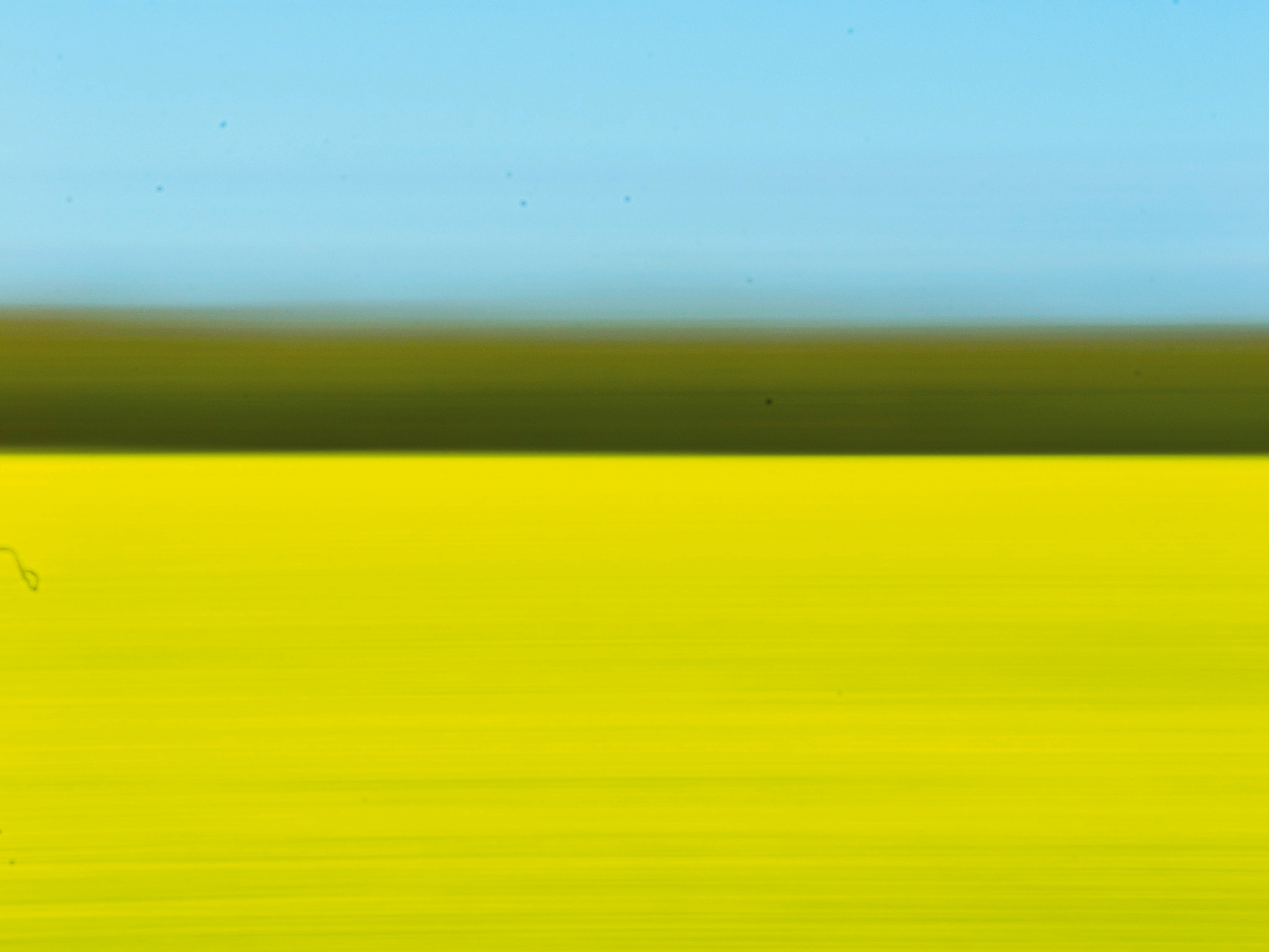
You don't have to know your f/stops from your ISO settings for this one. All you need to know is that if you move your smartphone while shooting, you're going to get a blurry image.
Why not try capturing an abstract image like the above, where the camera was quickly moved from left to right as the photo was taken.
8. The rule of thirds
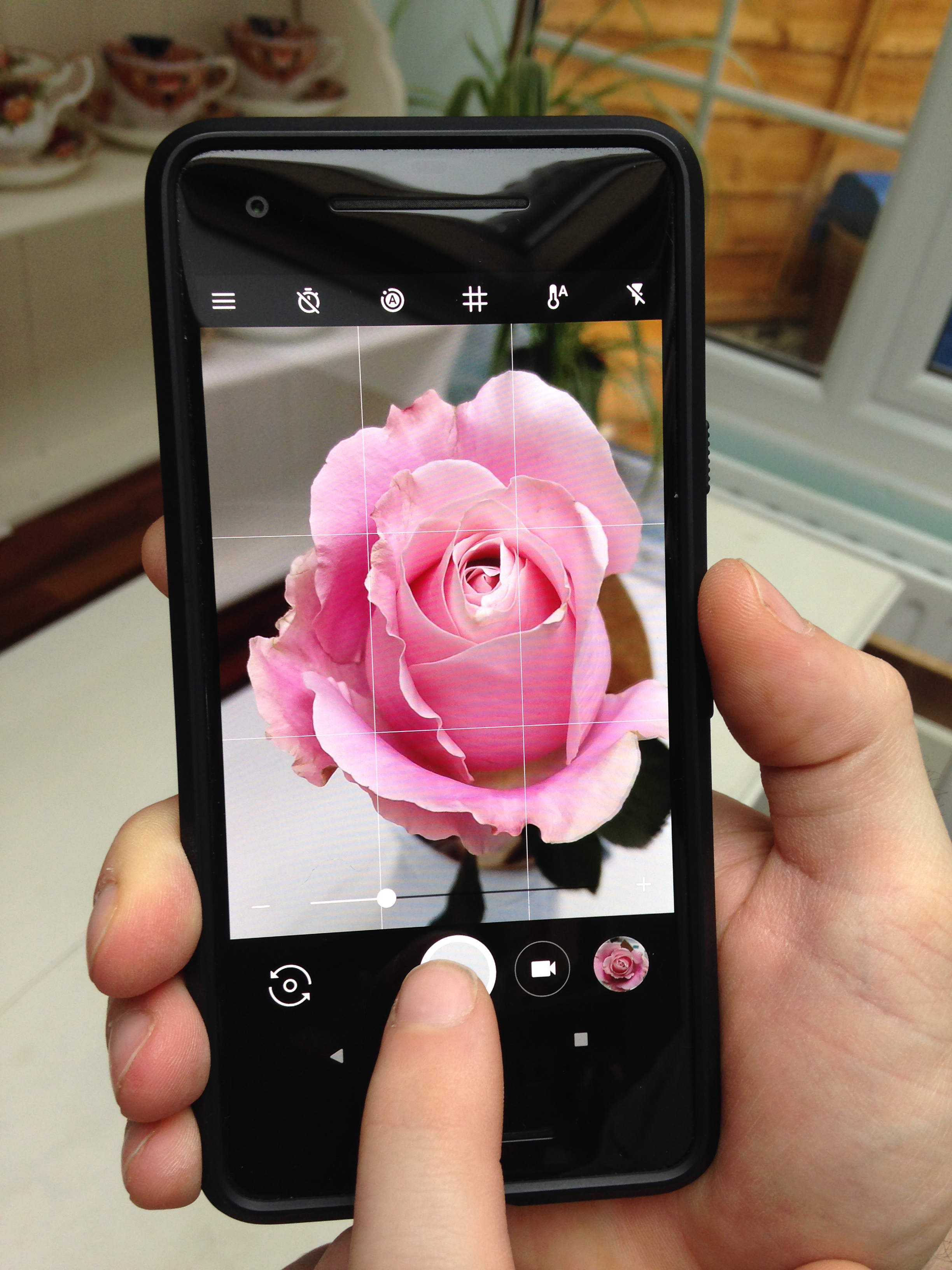
One compositional tool you may have heard of is the rule of thirds, which involves dividing a scene into thirds both vertically and horizontally to create a grid.
The idea is that you place subjects of interest on these third lines, or where the lines intersect, for maximum impact. On the majority of smartphones these grid lines can be overlaid on the screen.
9. Fill the frame

If you want to focus on a particular subject, remember: whatever isn't in the frame doesn't exist. By filling the frame with a subject you instantly create a stronger and more intimate connection between the viewer and that subject.
10. Go HDR

High Dynamic Range (HDR) imaging is the process of combining two or more exposures to capture the full brightness range of a high-contrast scene, such as a landscape that features both a bright sky and deep shadows in the landscape itself.
Most smartphones have a HDR mode, and when you select this the camera will capture multiple shots at different exposures and automatically blend them to produce a HDR image. For the best results you'll need to make sure your phone remains perfectly still as the exposures are captured.
